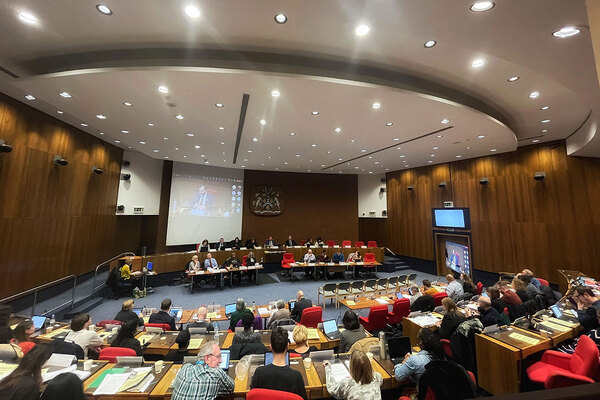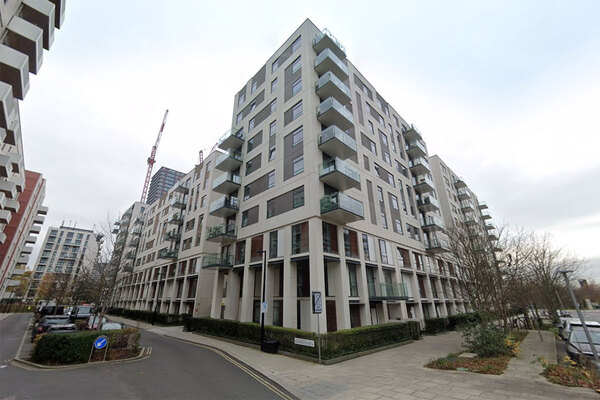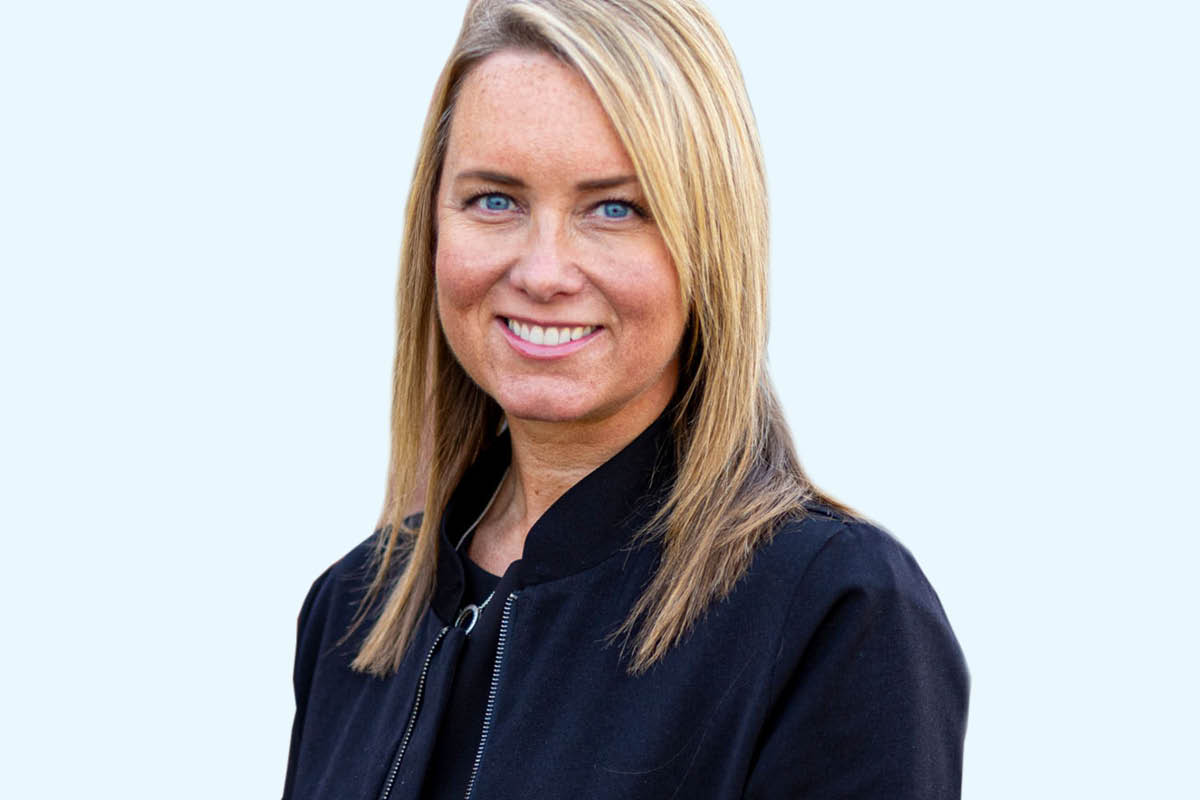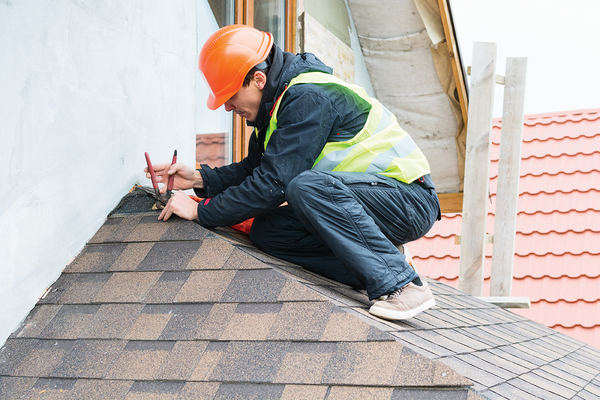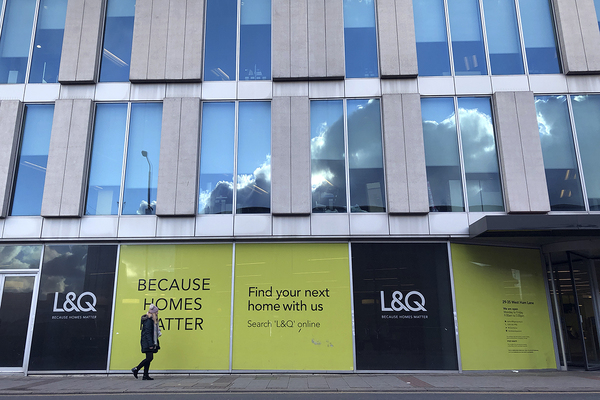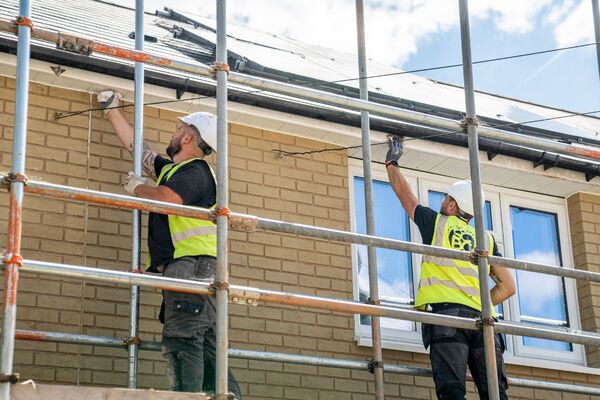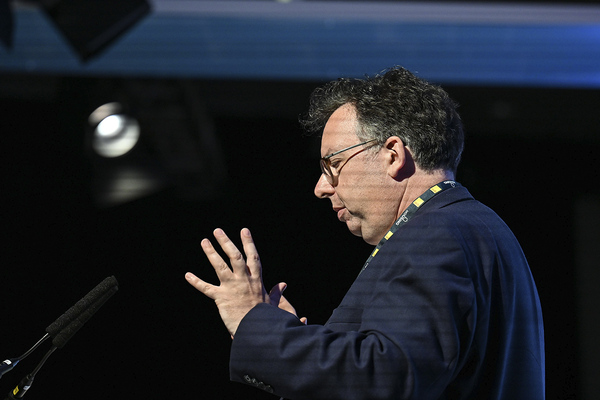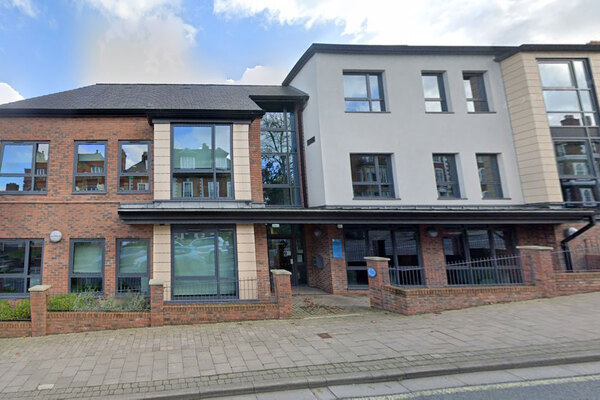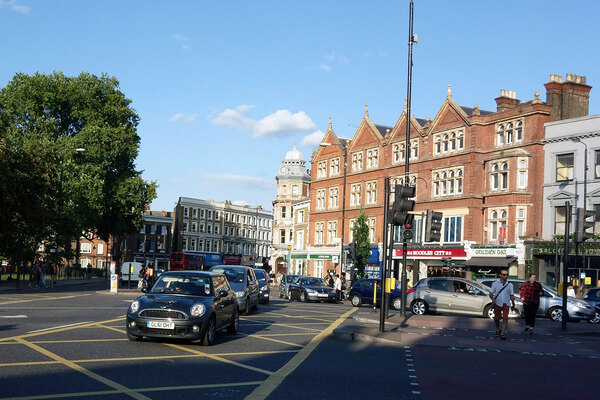How to upgrade fire safety equipment
In the column below, Chris Loughlin, managing director at Hispec, explains the importance of upgrading fire detection equipment. Inside Housing then looks at how Hispec worked successfully with Livv Housing Group to do this across a large portfolio of properties
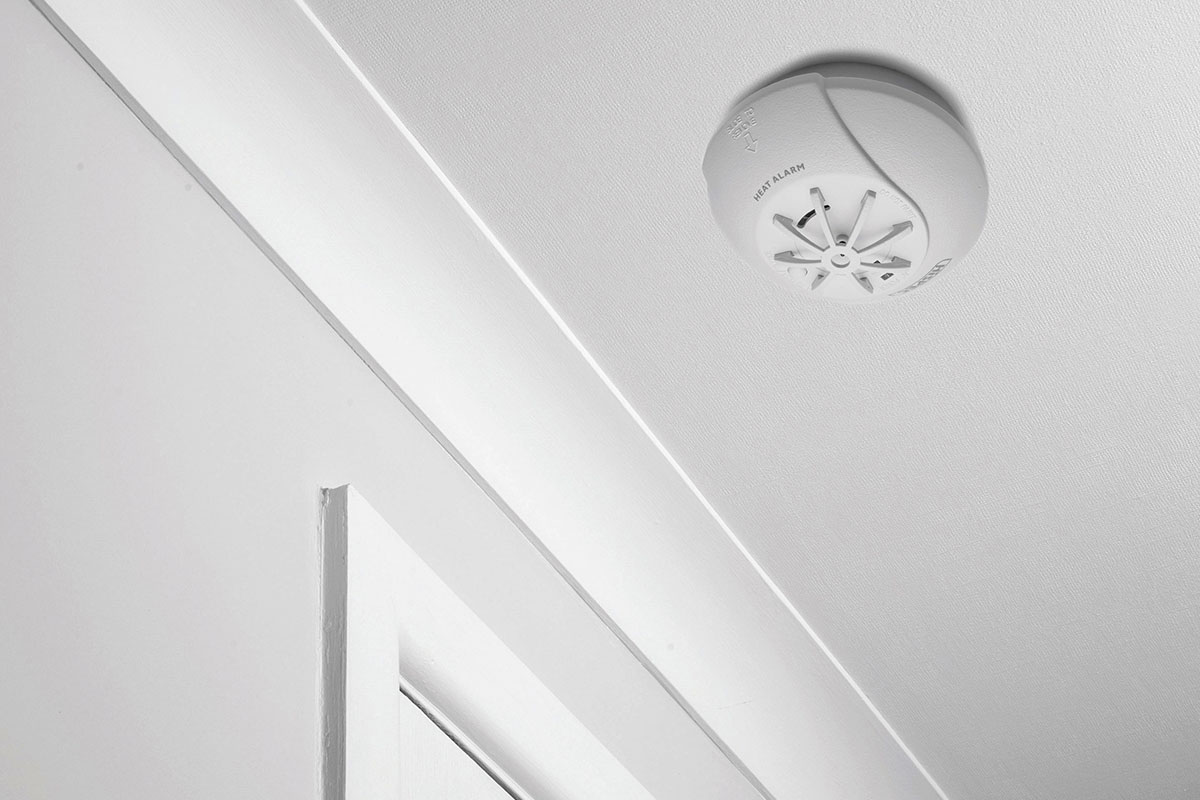
In association with:

The Grenfell Tower tragedy has, rightly, led to a greater focus on fire safety and regulation than ever before. It has also led to a challenge for social landlords given the current financial pressures: how to upgrade equipment in a way that meets the needs of customers, while also sitting within a tight financial envelope.
Hispec, a national supplier of lighting and fire detection products to the electrical wholesale market, seeks to work with social housing organisations to get that balance right.
The work we have done with our colleagues at Livv Housing Group is a shining example of this. Leaders at the housing association wanted to upgrade fire detection across thousands of homes, but needed to find a way to do so in as efficient and cost-effective a way as possible.
We worked closely with them to capitalise on the latest technology, including developments in joint fire and carbon monoxide sensors. We were also able to make the most of economies of scale.
It means that thousands of homes across North West England now have fully up-to-date, British Standards-compliant fire and carbon monoxide detection.
Thousands more will have the devices installed over the coming months. The team at Hispec has helped train the electricians who are responsible for installing the devices. Installation times are now much shorter than with the devices previously used by the association.
In the organisation’s high and mid-rise blocks, protection is now at the highest level – LD1. Interconnected detection systems with back-up power sources monitor multiple floors, and ensure both landlords and residents are quickly notified when a threat emerges.
Everyone should be and feel safe in their own home. By joining together with our social housing provider partners – both housing associations and local councils – as well as with developers and others, we at Hispec are pleased to play our part in making that a uniform reality.
Chris Loughlin initially joined Hispec in 2012, moving into his current role in May 2023. He has extensive experience in fire detection, regulatory compliance and emergency lighting, increasingly within social housing settings
Livv Housing Group
Homes to be upgraded: 13,500
Landlords are juggling competing priorities when ensuring buildings are fire-safe. Here is how Livv Housing Group approached things
At Livv Housing Group, there is the belief that safety is priceless. But it comes with an understanding that money is not a limitless proposition; that ultimately cost-effectiveness has to be part of the conversation. As Lee Mather, Livv’s head of facilities, management and environmental services, puts it: “There is no price on safety, but housing associations have to strike a balance.”
In deciding to upgrade fire safety equipment across 13,500 homes, leaders at the Merseyside-based association therefore had to consider several potentially competing priorities.
One was customer need, another was the technology available to most effectively meet that need. Finally, there was the consideration of how to meet that need in the most cost-effective and efficient way.
Protection
In high and mid-rise schemes, there was a decision to follow new British Standards created following the Grenfell Tower tragedy and have the highest level of protection – known as LD1. This equates to a fire detector in every room, making it easier to precisely locate the source of any alert and to safely use stay put policies. The aim for individual homes, meanwhile, was to reach LD2.
In all instances, carbon monoxide detection was also a necessity.
“And we wanted to go hard-wired throughout,” Mr Mather adds. “Otherwise people can take a battery out of an alarm and forget to replace it.”
It all equated to multiple devices needing to be replaced in each home. When the procurement team surveyed possible options, Mr Mather says one involved a saving of up to £1m compared to the other proposals on the table. Partly that was due to economies of scale. It was also because the manufacturer, Hispec, recommended a combined heat and carbon monoxide detector – therefore reducing the number of devices needed.
Moving to different products from a different manufacturer was not entirely without practical consequences. “There was a bit of pushback from the electricians, just because it was a totally new product to them,” Mr Mather explains. “A lot of them had worked in social housing all their life and had only ever used one manufacturer’s product, so it was a change.”
Providing reassurance that the fundamentals weren’t different was important to the success of the change. “I said, ‘Yes, it is a different product but it is a smoke detector, and it still just has three terminals: live, neutral and earth. It’s just a different manufacturer.’”
20
Livv Housing Group electricians given training by Hispec
LD1
Highest level of protection implemented for high and mid-rise schemes
Training was important, too, although it was complicated by the pandemic – the decision to begin the upgrade programme was made just as the first waves and related lockdowns hit, reducing the ability to have face-to-face sessions.
“But since we’ve started to come out of COVID-19, Hispec has been into our training room for technical training. It was fantastic – a little refresh for the 20 electricians in the team, as well as for a couple of sub-contractors who are on our team.”
Information-sharing has not been confined to staff. “Some of the customers have got a battery detector and they say, ‘Well, I’ve got a detector. Why do we need any more?’ So there is an education piece needed there, too.”
To that end, customers are sent a letter detailing the replacement. “It explains that it takes about three hours to do, and what we’re going to do and why. When the electricians go out and do the job, we also leave a leaflet that explains more and explains how to test the device,” says Mr Mather.
Testing
That testing process is intentionally much easier than on previous detectors. “We’ve installed a local test switch, at a similar height to a light switch,” explains Mr Mather. “It is dreadful to know that an older customer might be standing on a chair trying to turn a detector off with a broom handle. So we took a conscious decision to install test switches.”
With thousands of homes now upgraded, Mr Mather says there is concrete evidence that installation times have dropped – an efficiency saving which he says adds to the financial benefits of moving to the new manufacturer. His main advice to any colleague considering a similar large-scale project is, therefore, to steer clear of smaller pilots.
“I’ve spoken to a few organisations that are interested in what we’ve done and I’ve said, ‘Don’t pilot one or two properties,’ because it doesn’t tell you enough. You’ve got to do a scheme of 10 to 20. It’s then we realised
our installation time has massively reduced.”
Sign up for our asset management newsletter
Already have an account? Click here to manage your newsletters
